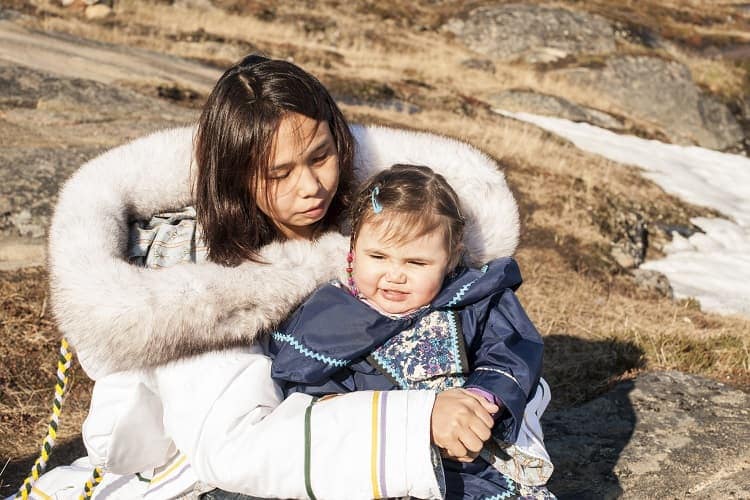Accurate Cancer Data on American Indian and Alaska Native People Can Help Expand Services

American Indian and Alaska Native populations have unique cancer patterns because of their history and culture.
CDC’s Division of Cancer Prevention and Control works to collect accurate data on cancer cases and deaths among all racial and ethnic groups in the United States.
American Indian and Alaska Native populations have unique cancer patterns because of their history and culture, as well as where they live, how they get health care, and the effects of institutionalized racism.
Better data will help CDC identify American Indian and Alaska Native communities with high cancer rates that might benefit from cancer screening or prevention programs.
Linking Cancer Data with the Indian Health Service
Many American Indian and Alaska Native people are misclassified as another race in cancer registry records. A unique collaboration between the cancer surveillance community and the Indian Health Service (IHS) reduces this misclassification. People who receive services from IHS have enough native ancestry in a federally recognized tribe to be classified accurately as an American Indian or Alaska Native person.
Central cancer registries routinely link their cancer incidence data with IHS’s patient registration database. This process helps CDC identify American Indian or Alaska Native people who may have been misclassified in the cancer registry record and reclassify them correctly.
Other Ways to Improve Estimation of Cancer Rates

Many American Indian and Alaska Native people are misclassified as another race in cancer registry records.
To be able to estimate cancer rates accurately, CDC researchers need accurate data about the number of cases or deaths (for the rate numerator) and the number of people in the population (for the rate denominator).
The following steps can be taken to help make sure cancer rates are as accurate as possible for American Indian and Alaska Native people. For example—
- Only data from Purchased/Referred Care Delivery Area (PRCDA) counties can be used. These counties contain federally recognized tribal lands or they are adjacent to tribal lands. Race classification for American Indian and Alaska Native people is more accurate in these counties.
- Data can be restricted to non-Hispanic populations. CDC staff found that restricting data to non-Hispanic populations improves the accuracy of estimates of cancer incidence and death rates among American Indian and Alaska Native people.
How to Get Cancer Incidence Data on American Indian and Alaska Native People
The American Indian and Alaska Native restricted to PRCDA only module of the US Cancer Statistics Data Visualizations tool includes information about cancer incidence (newly diagnosed cases) among American Indian and Alaska Native people who live in PRCDA counties.
The tool combines data from CDC’s National Program of Cancer Registries and the National Cancer Institute’s Surveillance, Epidemiology, and End Results Program. It provides interactive graphics that allow users to explore incidence rates and counts by sex, type of cancer, and six geographic regions (Northern Plains, Alaska, Southern Plains, Pacific Coast, East, and Southwest).
- Cancer Within American Indian and Alaska Native (AI/AN) Populations
- Blog post: Cancer Disparities Among American Indian and Alaska Native People
- US Cancer Statistics Data Visualizations Tool: American Indian and Alaska Native restricted to PRCDA only module
- US Cancer Statistics Data Visualizations Technical Notes
- Methods for improving the quality and completeness of mortality data for American Indians and Alaska Natives